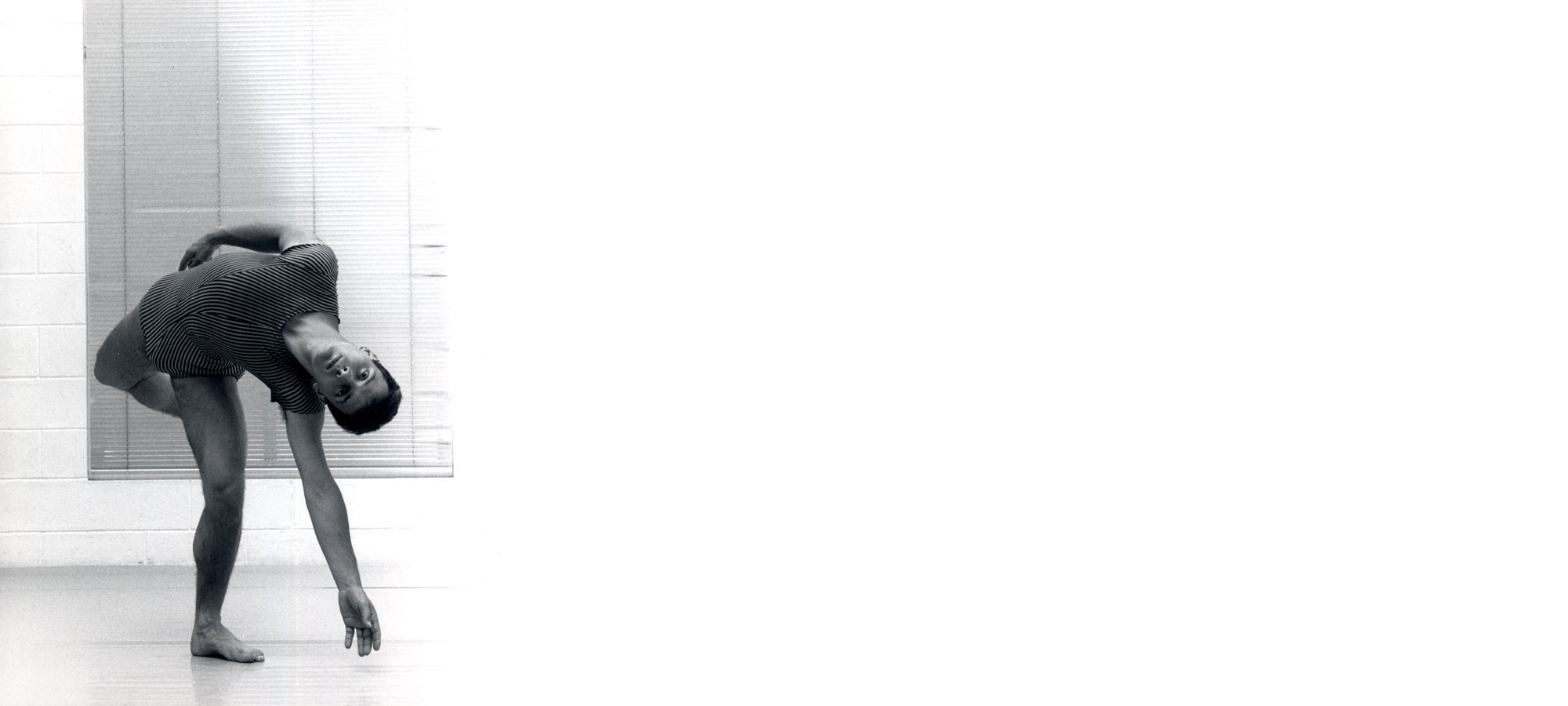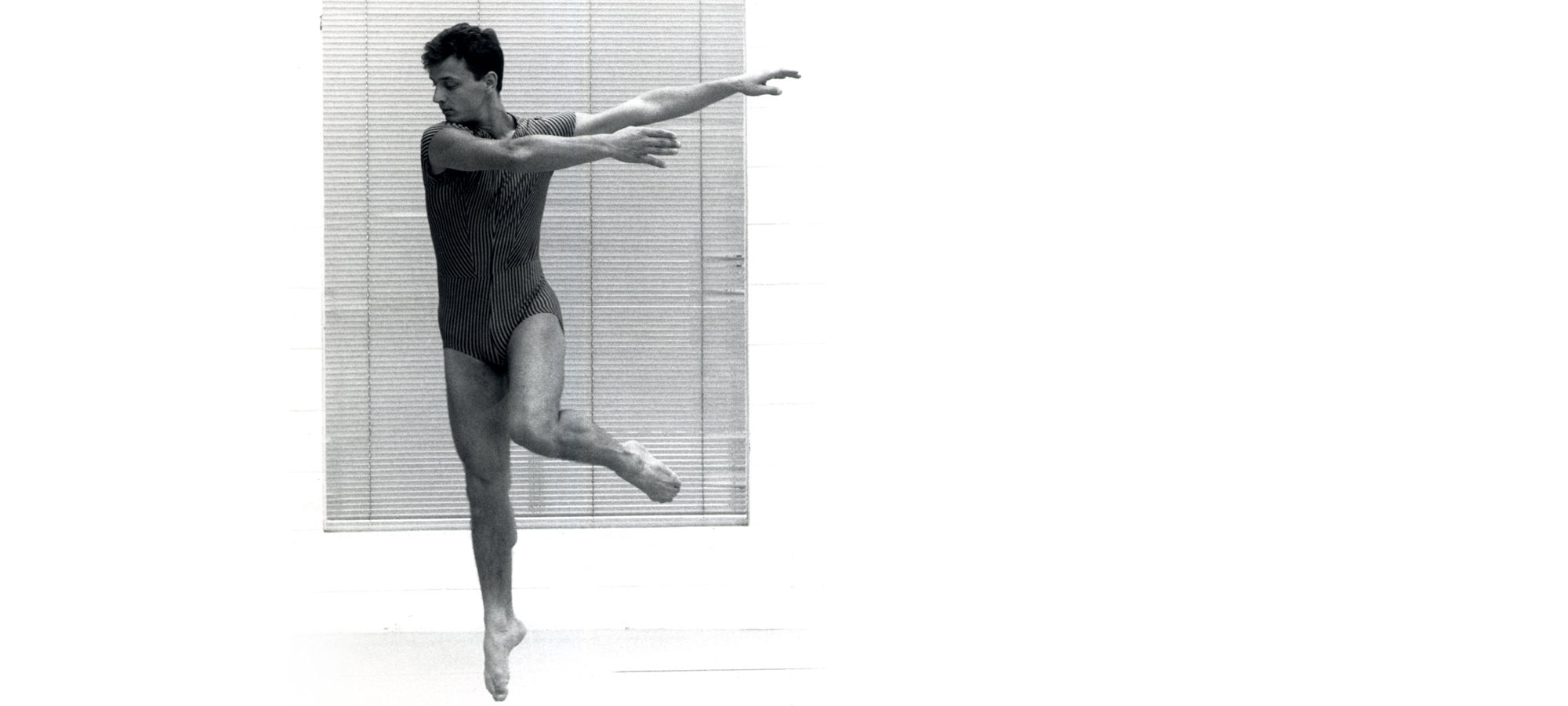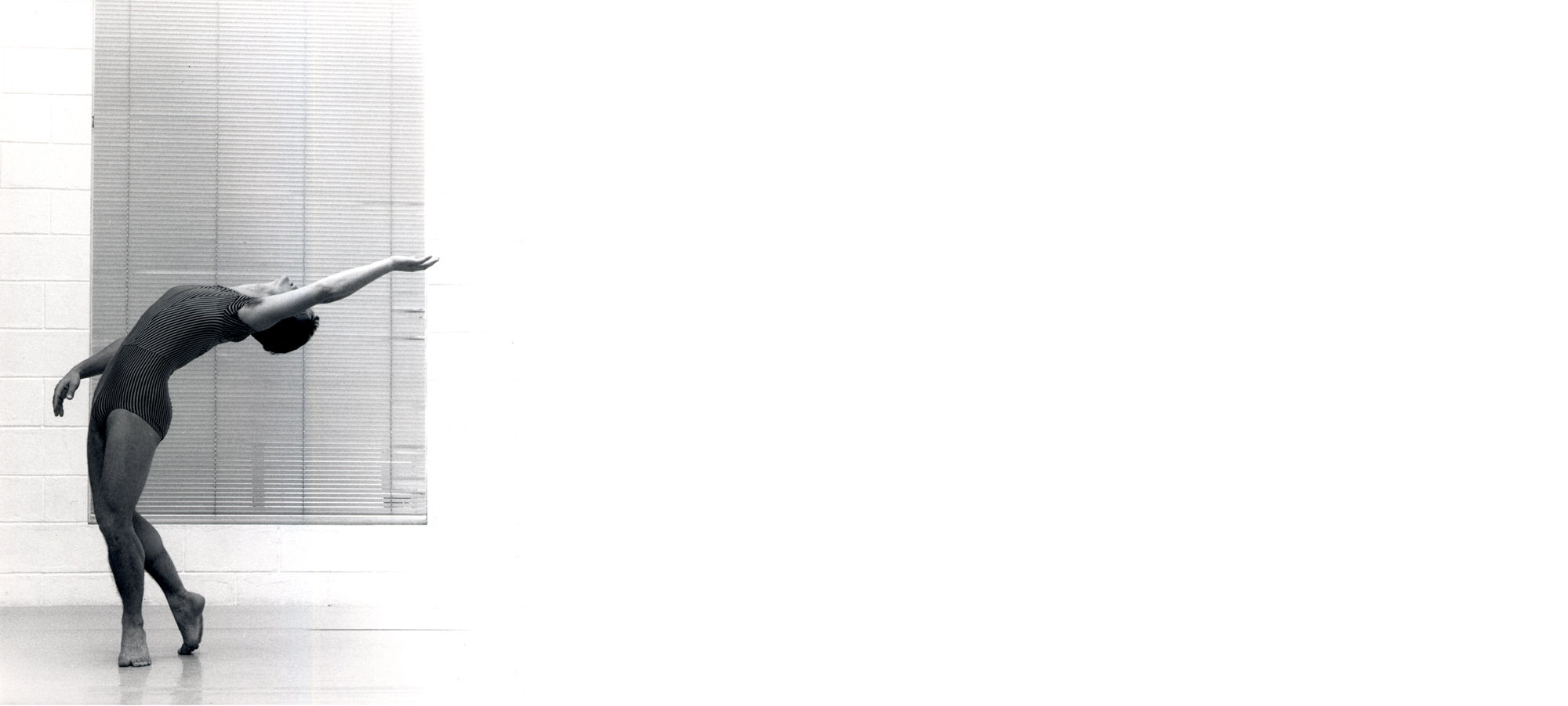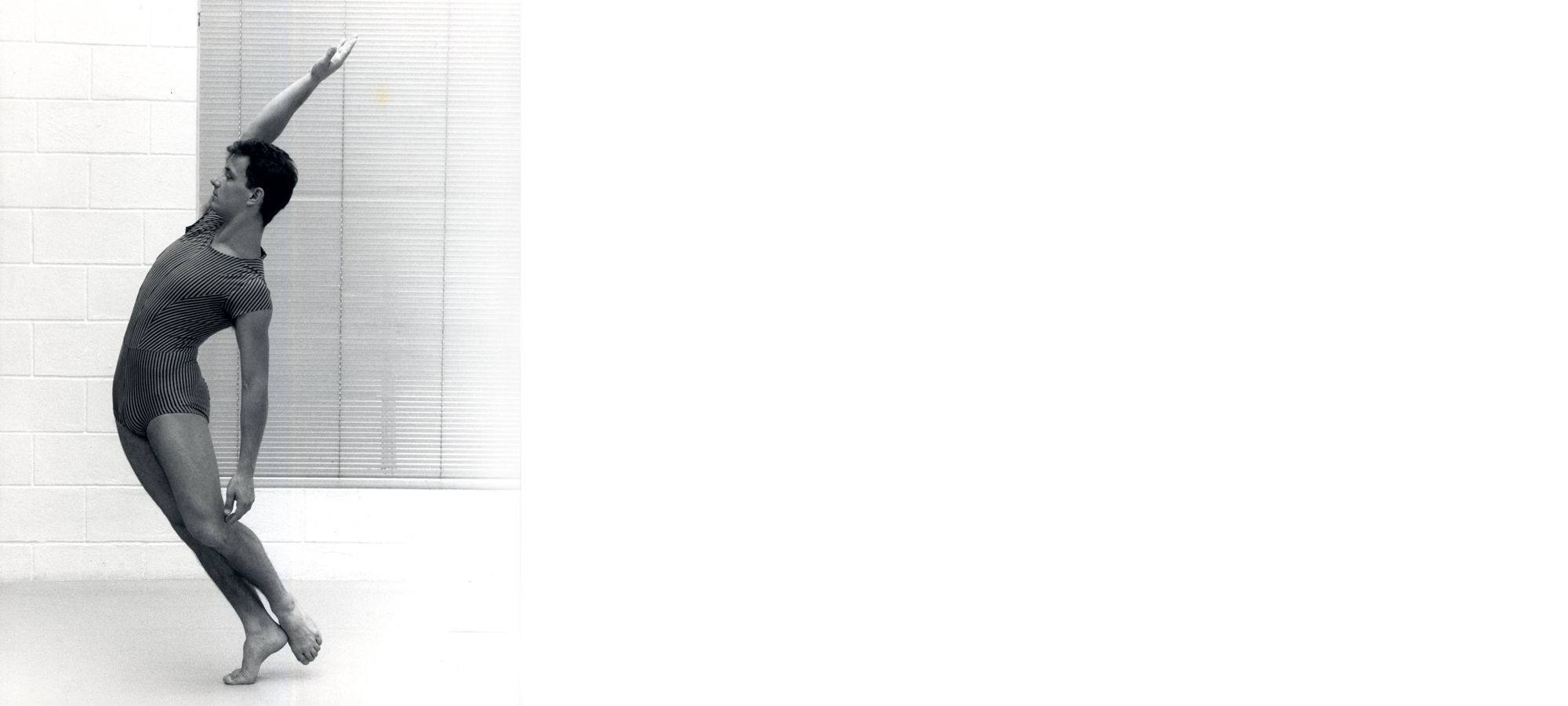
Faune Fomitch
"At times, reality is too complex
to express with words;
legend shapes it into forms
that can travel the globe.”
Claude Moureau-Bondy
This solo, a contemporary version of Nijinsky’s ballet, l’Après-midi d’un faune, is “pure essence.” Without artificial coloring or preservatives, Michel Kelemenis appears soberly clad in forest tones. The faun is solitary. There is nothing demonstrative in his process of seduction; everything comes from the dancer’s hidden side. What is so attractive about Kelemenis is his way of appearing and disappearing. There is a touch of Salome’s dance of the seven veils in this faun. Behind the attractive, silken movements hides the nameless and unnamable object of desire. And just when we think we’ve solved the riddle, Kelemenis escapes, slips away to take form elsewhere, where he can summon the public once again, either in a frenetic race or in a restful pose…”
Marie-Christine Vernay - Lyon Libération - september 1988
Echos
Pour la danse Patrick Bossatti
Le Faune Fomitch
One of the cardinal virtues of Michel Kelemenis’ dance is the generous and playful dimension that is immediately inscribed into its movement. Plaisir d’offrir, whose title alone reveals the author’s ultimate intent, just like Ton bâton sur ma tête and Faune Fomitch, evocation of Nijinsky’s Faune, performed during the gala ceremonies of the Biennale internationale de la dance de Lyon, are all three brief and incisive works that energetically combine gravity and humor.Faune Fomitch seems to be inspired by a journey to a newly discovered land where artists and images appear crystal-clear once the artist returns and formulates his impressions. Of course the journey to the land of the Faun is only in the mind, which is paradoxical for this choreographer-dancer who physically and forcefully transcribes the limited information available about the Faune, the turning point of the Russian’s rising career. Jeté, plié, arabesque, walking, each of these reinvented gestures is profound, close to the ground and superbly neutral. However, the interpretation instantly doubles their current meanings by referring back to issues regarding the solo, the contrast between gesture and virtuoso movement, the intimate expression and its transition to the status of choreography.
This is far from a soulless reconstruction or a flamboyant tribute. By using his own bodily resources with equity, he allows himself, in his words, to be “drawn” into the mystery in order to find current and adequate forms to "think" a Faun that might well serve as a beacon for the next generation of young choreographers.
The score by Gilles Grand examines thoroughly this process of reflection on the work of Nijinsky and Debussy and transposes issues raised by the choreographer into those that any contemporary composer might raise. What does it mean to write electro-acoustically today ? Is there a profound relationship between musical composition and choreography ? The furtive and subtle uproar of his Faune Fomitch, which finds its distant source in Debussy’s score, is constructed in close collaboration with the choreographer’s gestural writing. Even if it offers no answers, it elegantly clears the way for new explorations.
Bravo !





